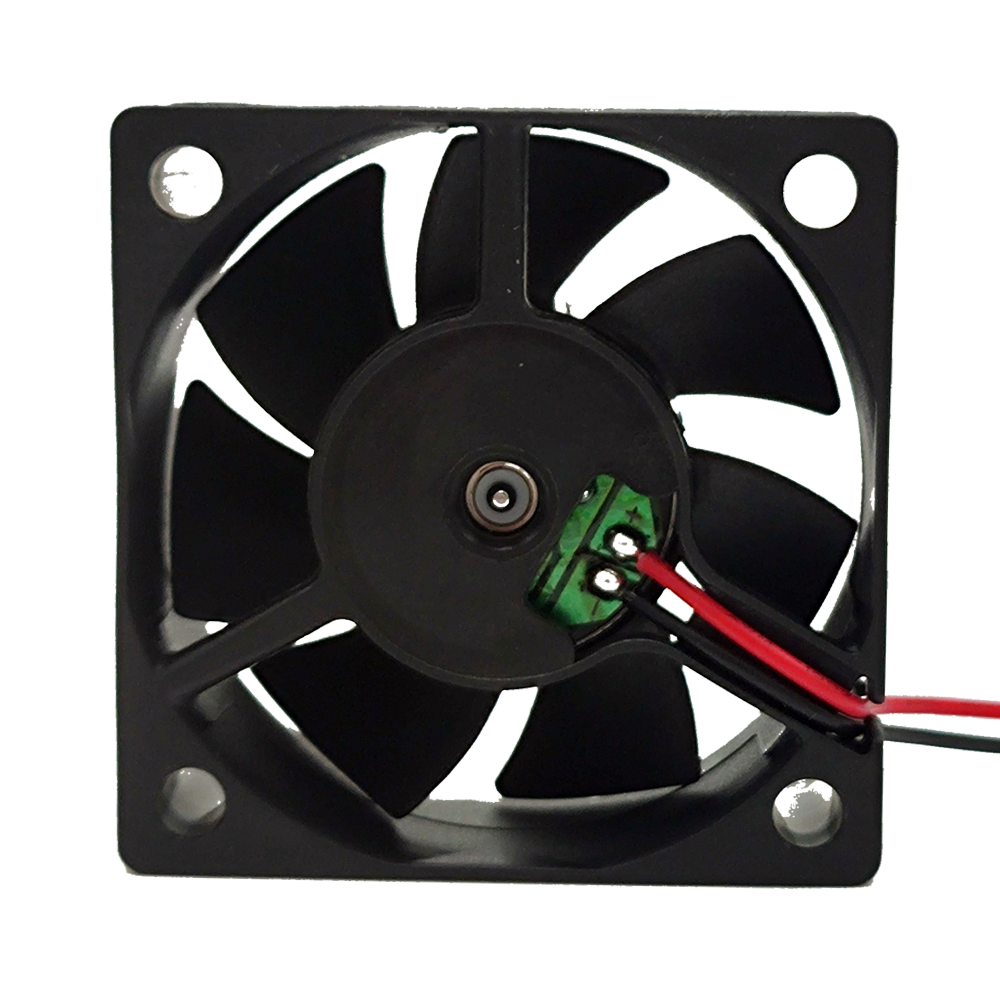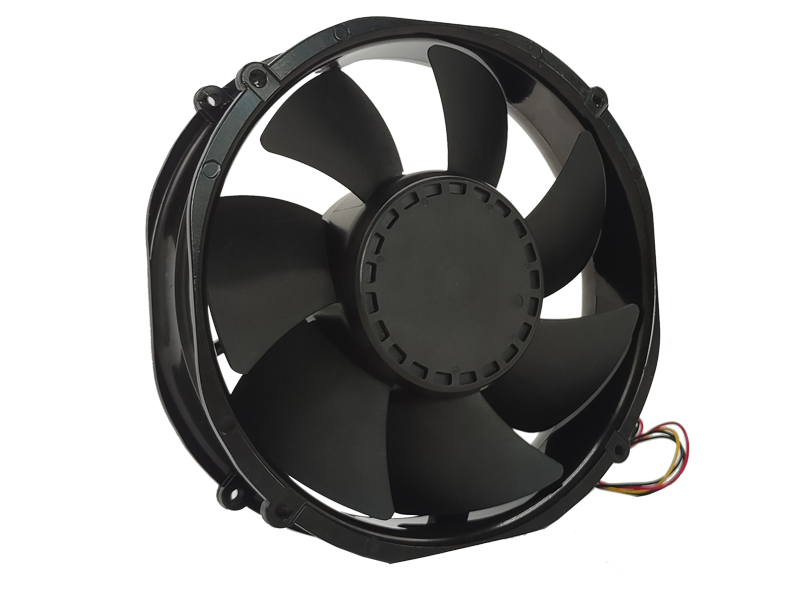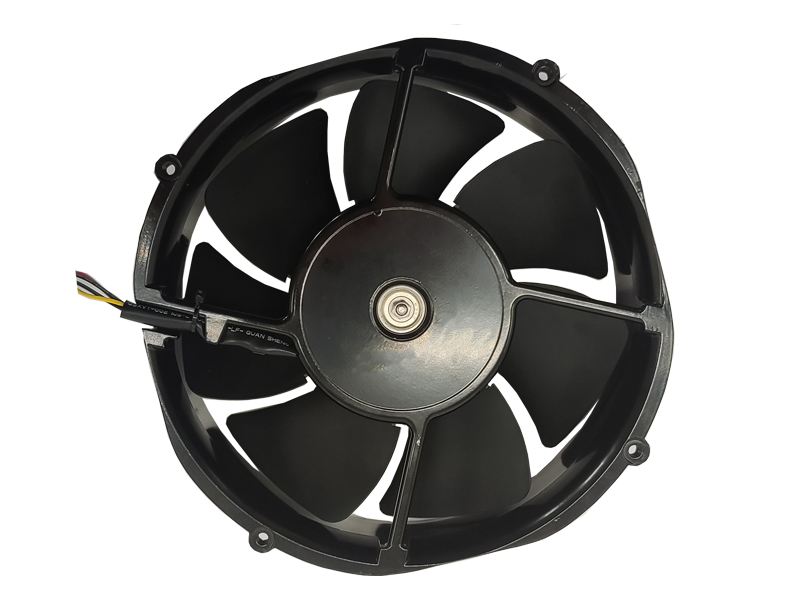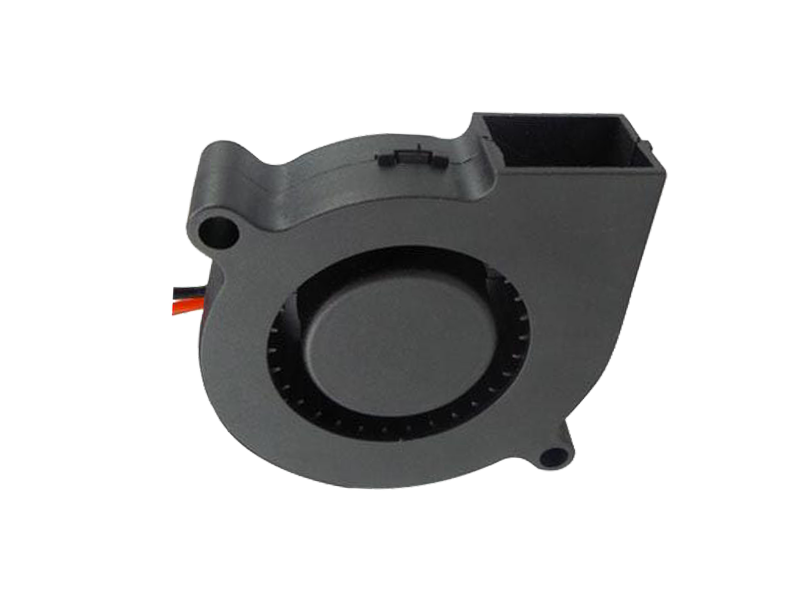Industrial fans play an essential role in maintaining air circulation, controlling temperatures, and ensuring a healthy working environment in various industrial settings. Whether it is a manufacturing plant, warehouse, or commercial kitchen, the need for effective ventilation and cooling is universal. In this article, we will explore the key factors that influence the selection of industrial fans, their different types, and why selecting the right fan can make all the difference in both performance and energy efficiency.
Understanding the Role of Industrial Fans
The primary purpose of industrial fans is to improve air circulation, provide cooling, and regulate temperature in environments where heat generation is high, such as factories, warehouses, and industrial kitchens. They help create a comfortable working atmosphere by removing hot air and replacing it with cooler air, especially in spaces with high machinery usage. Additionally, they contribute to preventing heat build-up that could damage equipment and lead to safety hazards.
A high-performing industrial fan ensures better temperature regulation, promotes better worker productivity, and helps prevent heat stress, which is particularly crucial in industries such as metalworking, food processing, and chemical manufacturing.
Key Factors to Consider When Choosing an Industrial Fan
Choosing the right industrial fan involves several critical factors that will impact both efficiency and long-term performance. Let’s delve into these factors.
Fan Type
Industrial fans come in various types, each designed for specific purposes. Some common types include:
Axial Fans: These fans are ideal for moving large volumes of air with low resistance. They are typically used for cooling and ventilation in environments with minimal air obstruction.
Centrifugal Fans: These fans are designed to generate higher pressures and can handle environments with higher resistance to airflow. Centrifugal fans are often used in HVAC systems, industrial exhaust systems, and areas with higher dust levels.
Inline Fans: Used to provide ventilation in ducts, inline fans are compact and effective for ventilation over long distances. They are commonly used in spaces like warehouses or factories to distribute air evenly across large areas.
Blower Fans: These fans provide high pressure and are suited for applications requiring directed airflow, such as cooling heavy machinery, or even within tunnels and large-scale industrial production lines.
Each fan type has specific applications based on the needs of the environment, and selecting the correct type ensures optimal efficiency and performance.
Airflow Requirements
Industrial fans are rated by the amount of airflow they can generate, usually measured in cubic feet per minute (CFM) or liters per second (L/s). For any industrial setting, determining the required airflow is crucial for selecting the correct fan.
Low Airflow: Small spaces, such as small storage rooms, may only need fans with lower airflow ratings, typically around 1,000 to 2,000 CFM.
High Airflow: Larger industrial environments, like manufacturing plants or warehouses, require higher airflow, often exceeding 10,000 CFM, to effectively cool and ventilate the area.
Choosing a fan that can meet the airflow needs of your facility will ensure that it works effectively, preventing stagnation and overheating.
Fan Size and Capacity
The size and capacity of the fan are closely tied to the size of the space it is intended to ventilate. Larger spaces with more machines and equipment will demand fans with larger blades or higher capacity to distribute air uniformly. It is important to calculate the required air changes per hour (ACH) in your facility to ensure the selected fan has the capacity to maintain the required level of ventilation.
Energy Efficiency
With energy costs becoming a significant concern for many businesses, selecting energy-efficient industrial fans is increasingly important. Energy-efficient fans are designed to provide the necessary airflow while consuming less power. Factors such as the fan’s motor efficiency, the design of the blades, and the overall aerodynamics of the unit will influence its power consumption.
High-efficiency motors, such as those with variable frequency drives (VFDs), allow for better control of fan speed and optimize energy usage, reducing unnecessary power consumption when full airflow is not needed. Over time, choosing energy-efficient fans will lead to reduced operational costs.
Noise Levels
In industrial settings, excessive noise can be a significant health and safety hazard, impacting both workers’ well-being and overall productivity. High noise levels can contribute to hearing loss, distractions, and stress. Choosing a fan with low noise output or noise-reducing features is crucial for maintaining a safe and comfortable work environment. The noise level is typically measured in decibels (dB), and it’s vital to select a fan that aligns with the noise regulations and guidelines for your industry.
Durability and Maintenance

Industrial fans are designed to operate under harsh conditions, and their durability plays a critical role in their long-term performance. The materials used to construct the fan, such as corrosion-resistant metals or high-strength composites, determine how well it can withstand the demands of the environment.
Additionally, regular maintenance and ease of servicing are factors that should not be overlooked. Fans with accessible components for cleaning, lubrication, and part replacement can minimize downtime and extend the lifespan of the fan.
Environmental Considerations
Some industrial environments present specific challenges, such as high humidity, the presence of corrosive chemicals, or extreme temperatures. In these cases, choosing fans with specialized features such as corrosion-resistant coatings or moisture-proof motors becomes crucial. Additionally, fans designed to handle dust, smoke, or other particulates will perform better and require less frequent maintenance in such environments.
Conclusion
Industrial fans are indispensable in providing efficient ventilation, cooling, and air circulation in a wide range of industrial applications. Selecting the right fan requires an understanding of various factors such as the type of fan, airflow requirements, energy efficiency, noise levels, and durability. Taking the time to assess your specific needs and choosing a fan that matches the environment and operational demands will not only enhance performance but also lead to long-term cost savings and a safer working environment for employees.
Recommended Products

The main purpose:Car charging station

The main purpose:Car charging station

The main purpose:Electronic refrigerators, water dispensers, direct drinking machines, inverter power supplies
Address:No. 4137, Longgang Avenue (Henggang Section), Henggang Community, Henggang Street, Longgang District, Shenzhen
hotline:13530005572(Chen)15112579390(Li)


Welcome all friends to come for consultation and negotiation.
Copyright 2024 @ Shenzhen Youneng Xinyuan Electronics Co., Ltd.,(industrial fans,industrial blowers,axial fans,cooling fans manufacturer,centrifugal fans,ac cooling fans,dc cooling fans)